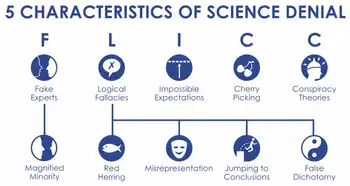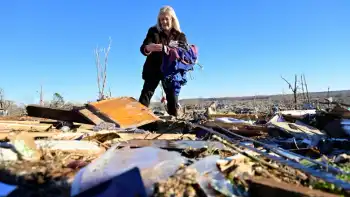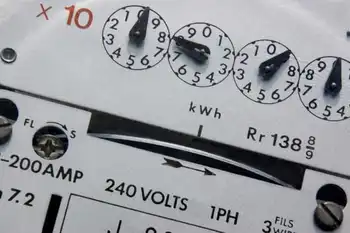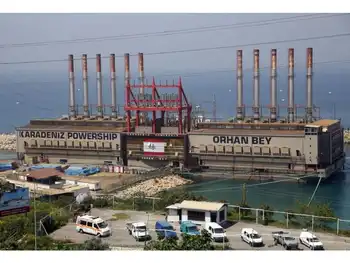Idaho, others fear stimulus weatherization delays
By Associated Press
Substation Relay Protection Training
Our customized live online or in‑person group training can be delivered to your staff at your location.

- Live Online
- 12 hours Instructor-led
- Group Training Available
Idaho is due to get $30.4 million in the coming two years from U.S. Department of Energy stimulus money for weatherization projects, in addition to about $10 million from other sources, including utilities.
But federal officials are still working out new wage requirements for so-called "weatherization workers," and Idaho officials fear that an extended delay might not let as much work get done before 2011 as they had planned.
Local agencies that do the work have expanded in anticipation of the federal infusion and now worry about getting caught in a cash crunch.
"If it goes past the end of this month, it's going to be a great concern," said Christina Zamora, head of energy programs at the Community Action Partnership Association of Idaho.
Idaho and 12 other states — Alabama, Maine, Missouri, New Jersey, Oklahoma, Rhode Island, Texas, Vermont, Virginia, Wisconsin, Washington, and Wyoming — were told that they've been approved to receive $448 million from the American Recovery and Reinvestment Act, enough to weatherize about 125,000 homes nationwide.
But the other states also are concerned over how to spend the money, given that rules for pay aren't final.
The problem is that weatherization programs traditionally received a waiver from the Davis-Bacon Act, a 78-year-old Depression-era law that requires paying prevailing wages on federal public works projects. Weatherization projects funded with stimulus money, however, aren't eligible for such waivers.
Department of Energy officials said that they're aware of states' concerns and are working on a remedy.
"We are working with the Department of Labor now," said Jen Stutsman, a spokeswoman for the DOE in Washington, D.C. "We expect to have resolution on it soon."
She didn't give a specific date.
The confusion is slowing everything down, said Jim Nolan, Montana's weatherization bureau chief in Helena.
"Until we know exactly what the wage is, we don't know if there's a penalty" if the wages paid don't correspond with those required by the federal rules, he said.
Montana previously received approval for its share of the stimulus for weatherization programs. Nolan said his agency stands to get an additional $27 million over two years from the stimulus act for weatherization work.
The DOE's Weatherization Assistance Program helps low-income families to save money by making their homes more energy efficient, which results in average savings of 32 percent for heating bills, or hundreds of dollars per year.
The assistance is available to families making as much as 200 percent of the federal poverty level, which is about $44,000 a year for a family of four.











